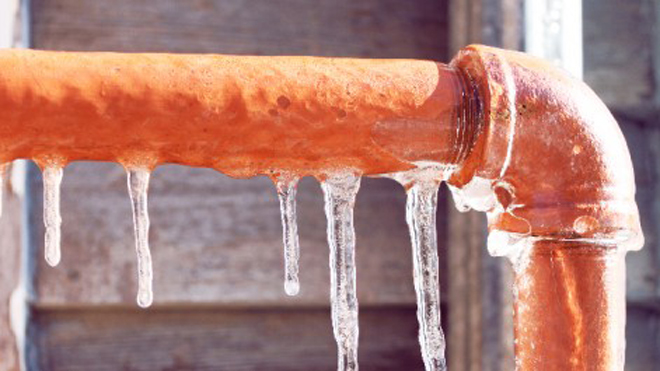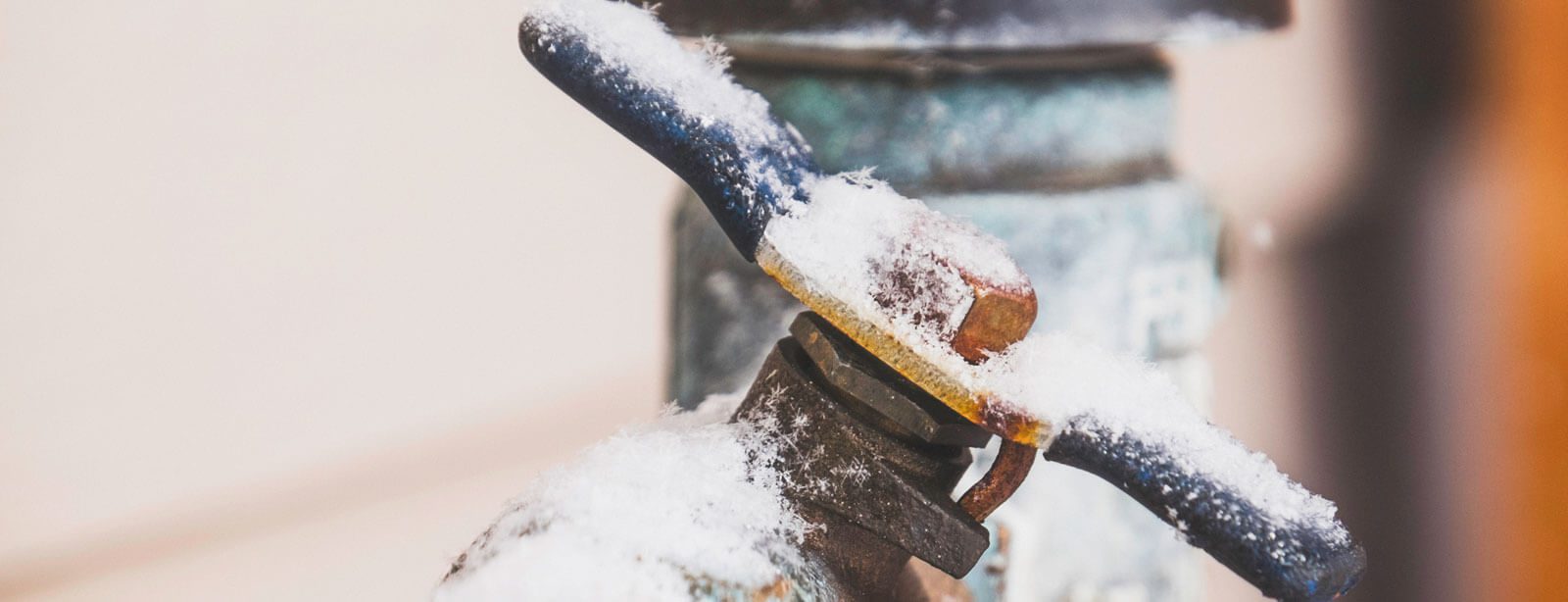Just about everyone may have their own unique conception with regards to 6 Ways to Prevent Frozen Pipes.

Cold weather can damage your plumbing, specifically by freezing pipes. Here's how to prevent it from taking place and what to do if it does.
Introduction
As temperature levels drop, the risk of icy pipes increases, potentially causing expensive fixings and water damages. Comprehending just how to avoid icy pipelines is vital for house owners in cold environments.
Comprehending Icy Pipes
What causes pipelines to freeze?
Pipelines ice up when subjected to temperature levels below 32 ° F (0 ° C) for expanded periods. As water inside the pipes ices up, it expands, taxing the pipeline wall surfaces and possibly causing them to rupture.
Threats and damages
Frozen pipelines can lead to supply of water disturbances, home damages, and expensive repair work. Ruptured pipelines can flooding homes and create extensive structural damage.
Signs of Frozen Pipeline
Recognizing icy pipelines early can stop them from breaking.
Just how to identify frozen pipes
Search for decreased water flow from taps, uncommon odors or sounds from pipelines, and noticeable frost on subjected pipes.
Prevention Tips
Shielding at risk pipelines
Wrap pipes in insulation sleeves or make use of warm tape to safeguard them from freezing temperature levels. Focus on pipelines in unheated or outside locations of the home.
Heating techniques
Keep interior spaces appropriately heated, particularly areas with pipes. Open closet doors to enable cozy air to flow around pipes under sinks.
Safeguarding Outside Plumbing
Garden hoses and outdoor faucets
Disconnect and drain pipes yard pipes prior to wintertime. Set up frost-proof spigots or cover outdoor taps with protected caps.
What to Do If Your Pipelines Freeze
Immediate activities to take
If you think frozen pipelines, maintain faucets open up to soothe stress as the ice melts. Make use of a hairdryer or towels taken in warm water to thaw pipes slowly.
Long-Term Solutions
Architectural changes
Consider rerouting pipelines far from outside wall surfaces or unheated locations. Include extra insulation to attics, basements, and crawl spaces.
Updating insulation
Buy high-quality insulation for pipes, attics, and walls. Appropriate insulation assists maintain consistent temperature levels and lowers the threat of icy pipes.
Conclusion
Avoiding frozen pipelines needs aggressive procedures and quick responses. By recognizing the reasons, signs, and safety nets, house owners can safeguard their pipes throughout cold weather.
5 Ways to Prevent Frozen Pipes
Drain Outdoor Faucets and Disconnect Hoses
First, close the shut-off valve that controls the flow of water in the pipe to your outdoor faucet. Then, head outside to disconnect and drain your hose and open the outdoor faucet to allow the water to completely drain out of the line. Turn off the faucet when done. Finally, head back to the shut-off valve and drain the remaining water inside the pipe into a bucket or container. Additionally, if you have a home irrigation system, you should consider hiring an expert to clear the system of water each year.
Insulate Pipes
One of the best and most cost-effective methods for preventing frozen water pipes is to wrap your pipes with insulation. This is especially important for areas in your home that aren’t exposed to heat, such as an attic. We suggest using foam sleeves, which can typically be found at your local hardware store.
Keep Heat Running at 65
Your pipes are located inside your walls, and the temperature there is much colder than the rest of the house. To prevent your pipes from freezing, The Insurance Information Institute suggests that you keep your home heated to at least 65 degrees, even when traveling. You may want to invest in smart devices that can keep an eye on the temperature in your home while you’re away.
Leave Water Dripping
Moving water — even a small trickle — can prevent ice from forming inside your pipes. When freezing temps are imminent, start a drip of water from all faucets that serve exposed pipes. Leaving a few faucets running will also help relieve pressure inside the pipes and help prevent a rupture if the water inside freezes.
Open Cupboard Doors
Warm your kitchen and bathroom pipes by opening cupboards and vanities. You should also leave your interior doors ajar to help warm air circulate evenly throughout your home.

Do you enjoy reading up on 6 Ways to Prevent Frozen Pipes? Give a remark directly below. We'd be happy to find out your feelings about this write up. In hopes that you come back again in the near future. So long as you enjoyed reading our blog posting if you please do not forget to pass it around. I praise you for your time. Please come visit our website back soon.
Start Now